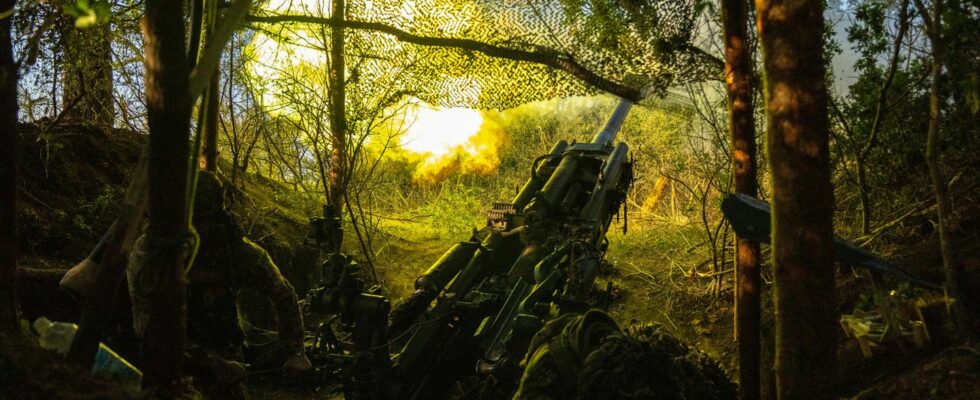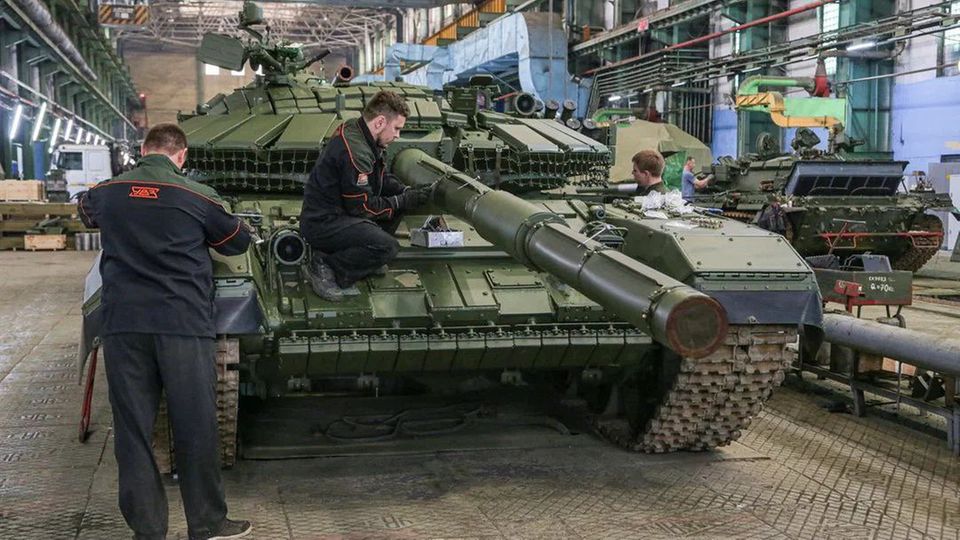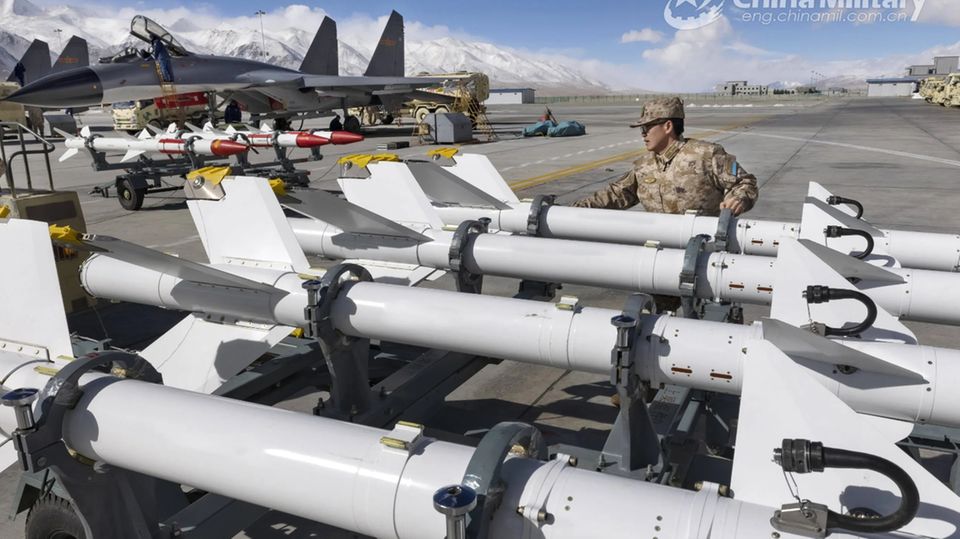War in Ukraine
Ukraine’s billions are melting away due to rising prices for weapons
The prices of weapons and ammunition – not only for Ukraine – are rising rapidly
© Getty Images
The G7 summit and the peace conference in Switzerland brought huge aid packages for Ukraine into action. But the large sums become very small when you look at the prices of military equipment, says buyer Volodymyr Pikuzo. The prices of ammunition have increased fivefold since the start of the war.
There is hyperinflation in military equipment, and if it is not stopped, it will eat up any increase in aid to Ukraine. Problem number 1: Kiev is not the only country that wants to buy weapons and ammunition from the West. All donor countries want to replenish the stocks they have sent to Ukraine as quickly as possible. And to do this, they want more of everything. The fighting shows how high the consumption of long-range weapons and ammunition is and how quickly large systems are taken out of action. The small stocks from before 2022 were only enough for three days of intense fighting in many countries. So orders are being placed. These orders are competing with orders from Kiev, and prices are rising. And even if production capacities are increased, demand will exceed production.
To turn the tide of the war, Ukraine would have to spend “three or four times” as much as China’s $200 billion defense budget, Volodymyr Pikuzo told the London Times. Pikuzo set up a defense procurement agency after Putin’s invasion that is designed to work faster than state procurement agencies.
Ukraine’s current budget “is not even enough to cover 20 percent of our actual needs on the battlefield,” Pikuzo said.
Ukraine buys up old stocks
Pikuzo’s agency is trying to buy up Soviet-standard weapons stocks worldwide. New production of this ammunition in Europe is difficult. “The competence to produce ammunition has practically been lost in NATO countries.” Attempts by Ukraine to persuade Western arms companies to open new production lines have failed. The companies are put off by the high investment costs. They rightly fear that demand will fall again when the fighting ends. And they prefer it when Western governments order from them and avoid direct orders from Kiev.
So Pikuzo turned to the shady world of international arms dealers. A world in which corruption and the circumvention of national laws are the norm. But arms dealers are difficult allies; they know they have “hit the jackpot and are taking advantage of the war to drive up the price of weapons,” according to the Times. The paper received a detailed list of the price movements.
Ammunition prices have increased fivefold
And it looks like this: rocket launchers play a major role in the war in Ukraine. Before the war, a rocket for the 122 mm Grad launcher cost 900 US dollars. Currently, Kiev pays 4,700. New contracts are already asking for 6,000 US dollars. Similar increases can be seen for all types of ammunition. Tank ammunition in caliber 125 mm now costs 7,420 dollars, before the war the price was 1,200 dollars. Suppliers and arms dealers are greedy. They assume that prices will continue to rise and therefore hold back their offers.
Russia as a competitor to Ukraine
And there is a second interested party: Russia is also buying up weapons and ammunition on the grey market. For its own use, but also just to deprive Ukraine of these supplies. The Russians are also said to be buying up artillery ammunition in NATO caliber, even though they do not have the guns for it. “Russia is much more efficient when it comes to buying such weapons,” said Pikuzo. “In Russia there is much more money for such purchases, Russia has a much more extensive system of influential agents.”
“The main goal of any business is to make the most profit possible,” said Pikuzo. “Production is a business, brokerage services is a business, selling information is a business, selling contacts is a business.”




